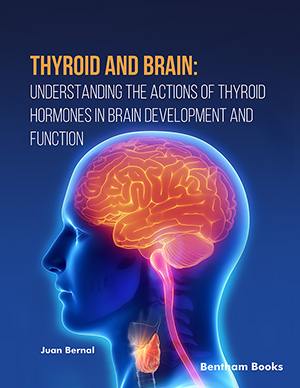Abstract
SHS investigation development is considered from the geographical and historical viewpoint. 3 stages are described. Within Stage 1 the work was carried out in the Department of the Institute of Chemical Physics in Chernogolovka where the scientific discovery had been made. At Stage 2 the interest to SHS arose in different cities and towns of the former USSR. Within Stage 3 SHS entered the international scene. Now SHS processes and products are being studied in more than 50 countries.
Abstract
Thyroid hormone receptor mutations cause syndromes of resistance to the
action of thyroid hormones (RTH) with autosomal dominant inheritance. Mutations in
the THRA gene, encoding TRα1 and TRα2, cause RTHα, and those in THRB, encoding
TRβ1 and TRβ2, cause RTHβ. In RTHα, relatively mild changes in circulating thyroid
hormones coexist with signs of congenital hypothyroidism. In contrast, in RTHβ, TSH
levels are not suppressed despite elevated thyroid hormone levels. The mutant
receptors have low or no T3-induced activation and display dominant negative activity,
inhibiting the wild-type receptors’ transcriptional activation. This chapter describes the
main characteristics of RTH, including a discussion of the mouse models of the
disorder, with an emphasis on neural aspects.
Keywords:
Anxiety, Attention deficit and hyperactivity disorder (ADHD), Behavior, Congenital hypothyroidism, Development, Deiodinases, Dominant negative activity, Intellectual deficiency, Interneurons, Mouse models, Receptor mutations, Thyroid hormone receptors.
We recommend

Authors:Bentham Science Books






